Artrave
NO TWEETING PLEASE WE'RE THINKING
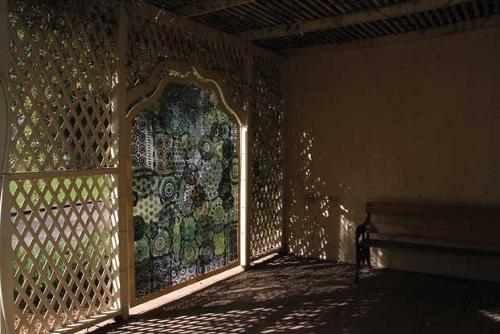

Jennifer Hamilton reviews English and European responses to big storms over time and suggests that even today we need "the more metaphysical dimensions of our existence – the cultural, social and political – to even begin to understand how thunder, lightning, strong winds and an abundance of water falling from the sky can still completely destroy a city and change the course of history."
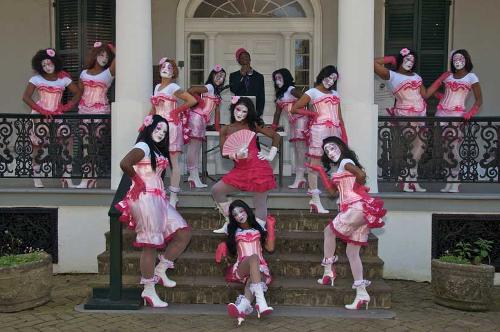
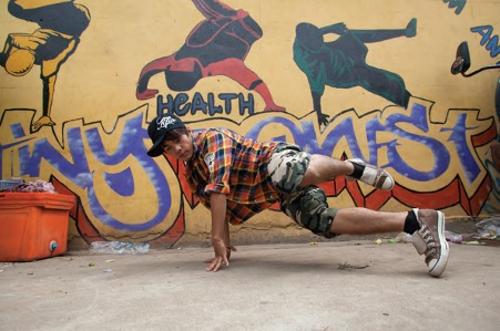
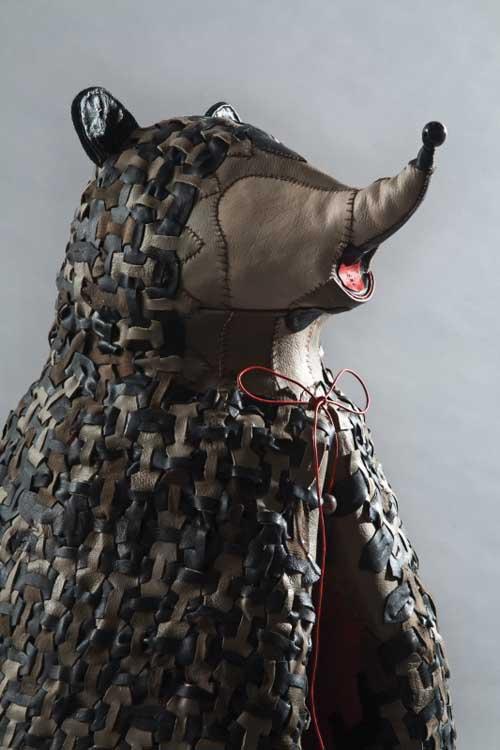
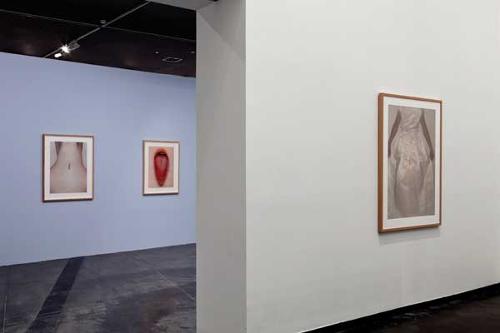
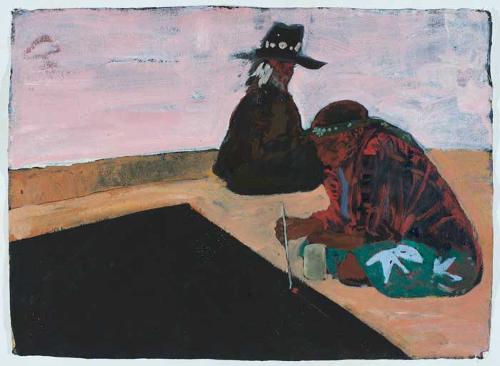

From September 11, 2011 to January 8, 2012 an exhibition called September 11 curated by Peter Eleey was held at MoMA PS1 in New York. Charity Bramwell describes key works in this "shocking and intriguing" exhibition which commemorated the tenth anniversary of the historic attacks on the World Trade Centre Twin Towers.
